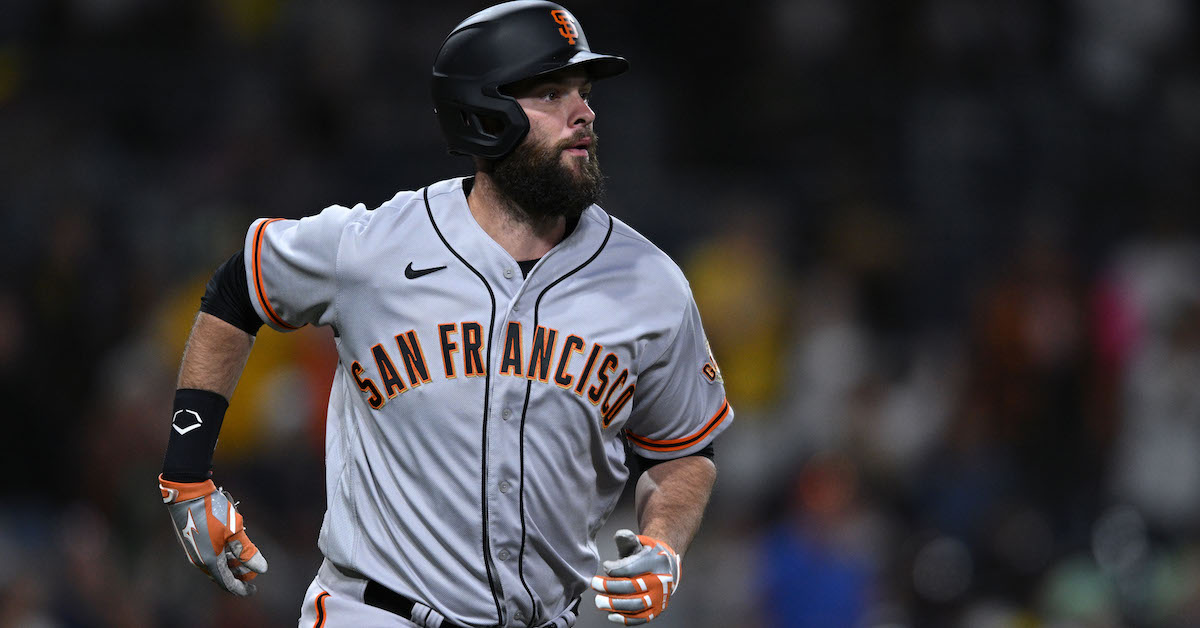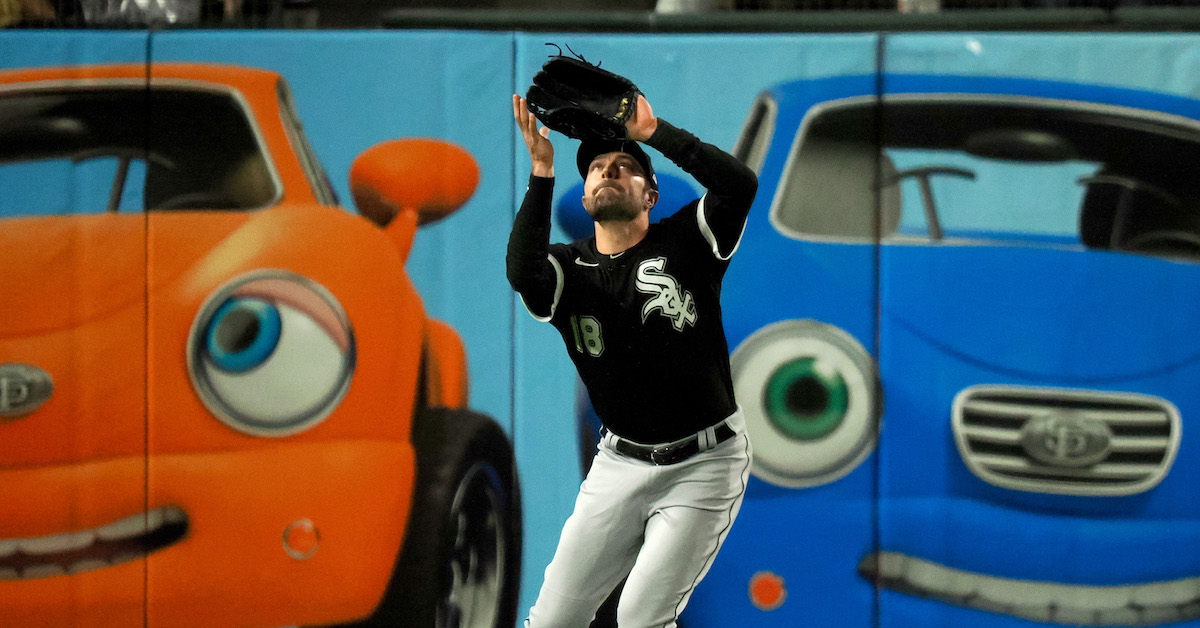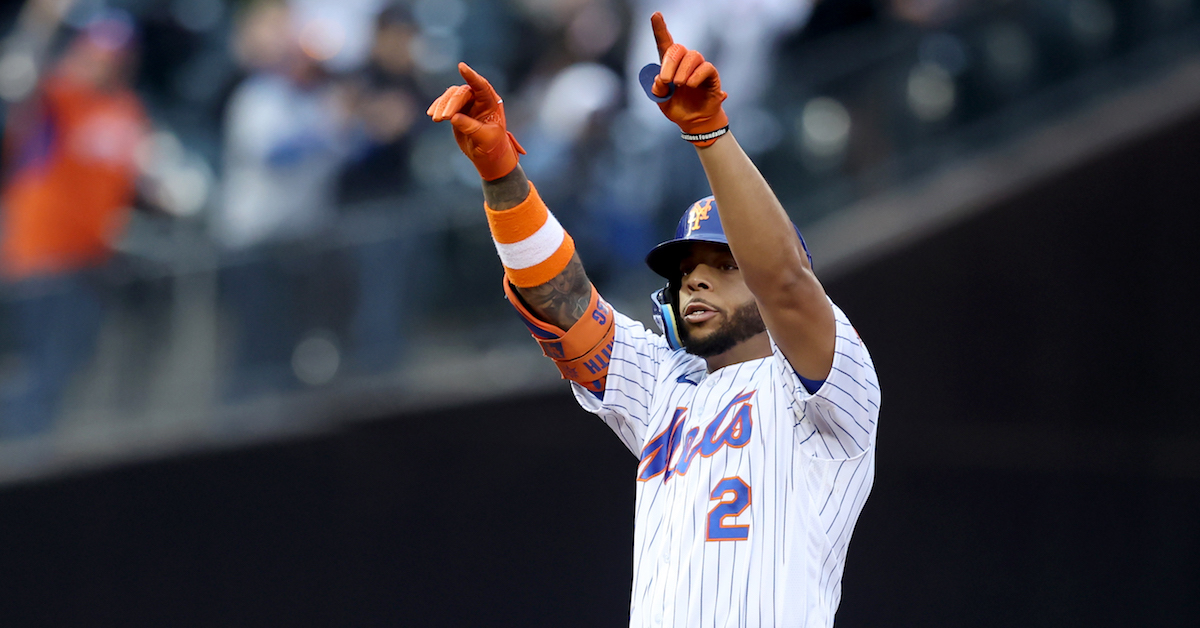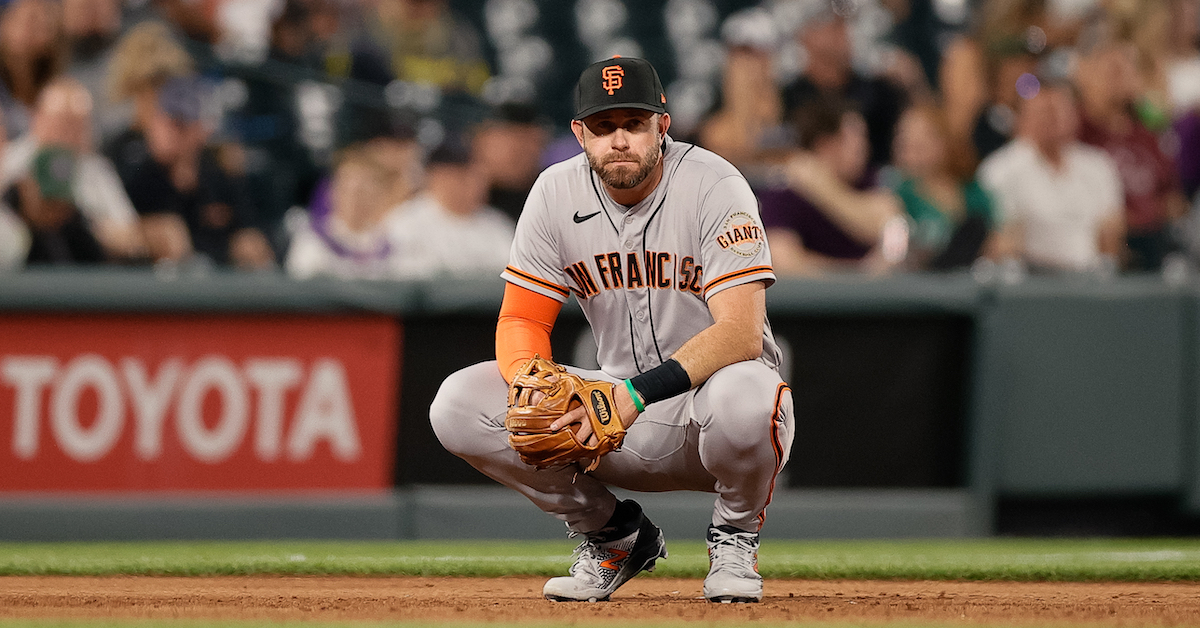Brandon Belt Has One Job For the Blue Jays

While the Carlos Correa negotiations remain in a deadlock, the Blue Jays made (some) headlines yesterday by inking Brandon Belt to a one-year deal worth $9.6 million, per multiple sources. Belt, a longtime fixture of the Giants’ offense, is expected to play first base and serve as Toronto’s designated hitter. That means he’ll be sharing time with Vladimir Guerrero Jr. as well as Danny Jansen and Alejandro Kirk, who’ll likely take turns DH’ing to minimize their grueling workload as catchers.
At first, that arrangement doesn’t make immediate sense. What Guerrero, Jansen, and Kirk share in common besides their hatred of incoming baseballs is right-handedness, and righty batters are usually worse against righty pitchers. You might have reasoned that the Jays recruited the lefty-hitting Belt to shore up this particular weakness. But so far in their careers, the aforementioned trio hasn’t shown much of a vulnerability against same-handed pitching. Check out these splits:
| Player | vs. RHP | vs. LHP |
|---|---|---|
| Vladimir Guerrero Jr. | 140 | 115 |
| Danny Jansen | 105 | 83 |
| Alejandro Kirk | 124 | 126 |
So why did the Jays go out of their way to sign Belt? Some potential answers: It’s good to have diversity in a lineup; the Jays needed hitting depth; and Belt, regardless of handedness, is an intriguing rebound candidate. But I have another theory! The main reason why same-handed pitcher-batter matchups tend to end in embarrassment for the batter is because breaking balls are good — almost too good, as the league-wide imbalance between pitchers and batters demonstrates. Or just ask Max Scherzer, who throws his slider exclusively against right-handed hitters and eats them alive. It’s getting more and more important that teams are able to weather such breaking ball barrages. Read the rest of this entry »









